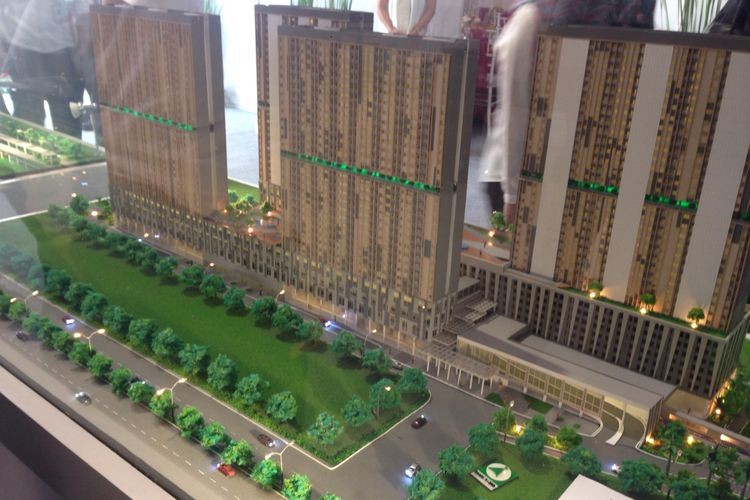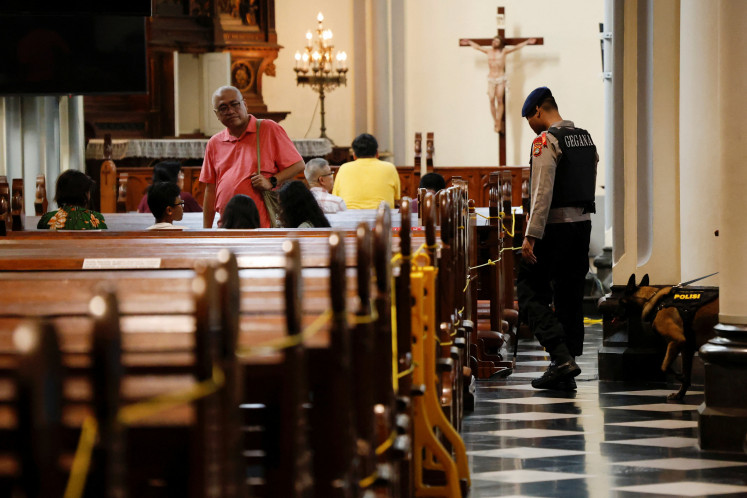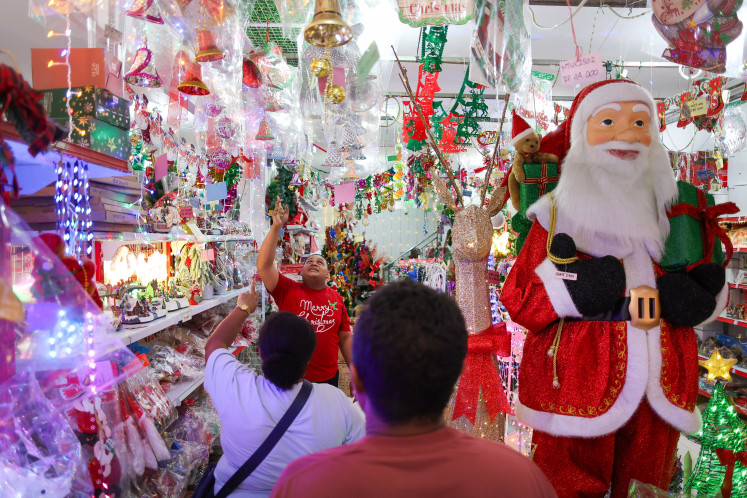Popular Reads
Top Results
Can't find what you're looking for?
View all search resultsPopular Reads
Top Results
Can't find what you're looking for?
View all search resultsFuture of Greater Jakarta's commuter line: Train stations as homes, working spaces
The ever-growing number of passengers has driven train operators to not only increase their schedules, but also to look for ways to better accommodate the growing number of commuters whose lives depend on the railway.
Change text size
Gift Premium Articles
to Anyone
I
n recent years, state-owned railway operator PT Kereta Api Indonesia (KAI) has seen an increasing number of passengers on both its inner and intercity lines, particularly in Operational Region (Daop) 1 Jakarta.
According to KAI, the company served a total of 19.1 million passengers in Daop 1 in 2018, up from 18.5 million in 2017. The figures do not include the number of passengers on the commuter line operated by KAI’s subsidiary PT Kereta Commuter Indonesia (KCI), which services up to 1.1 million passengers per day.
KCI aims to serve 343.5 million passengers by the end of 2019.
The ever-growing number of passengers has driven the train operators to not only increase their schedules, but also to look for ways to better accommodate the growing number of commuters whose lives depend on the railway.
Under the transit-oriented development (TOD) concept, train stations are being developed to contain housing areas and coworking spaces.
New schedules


















